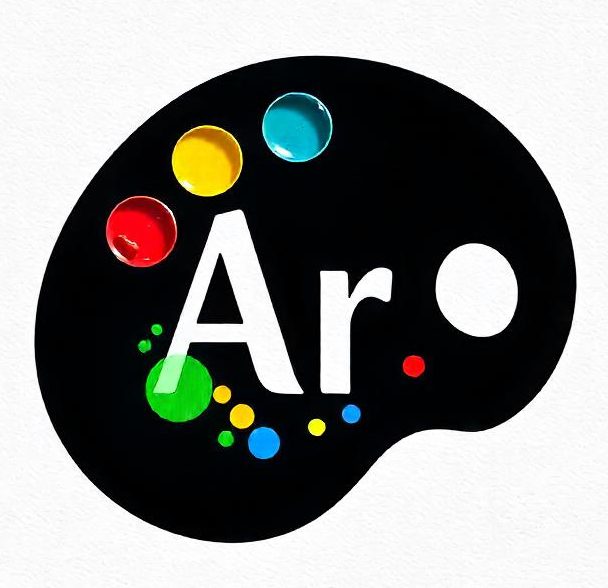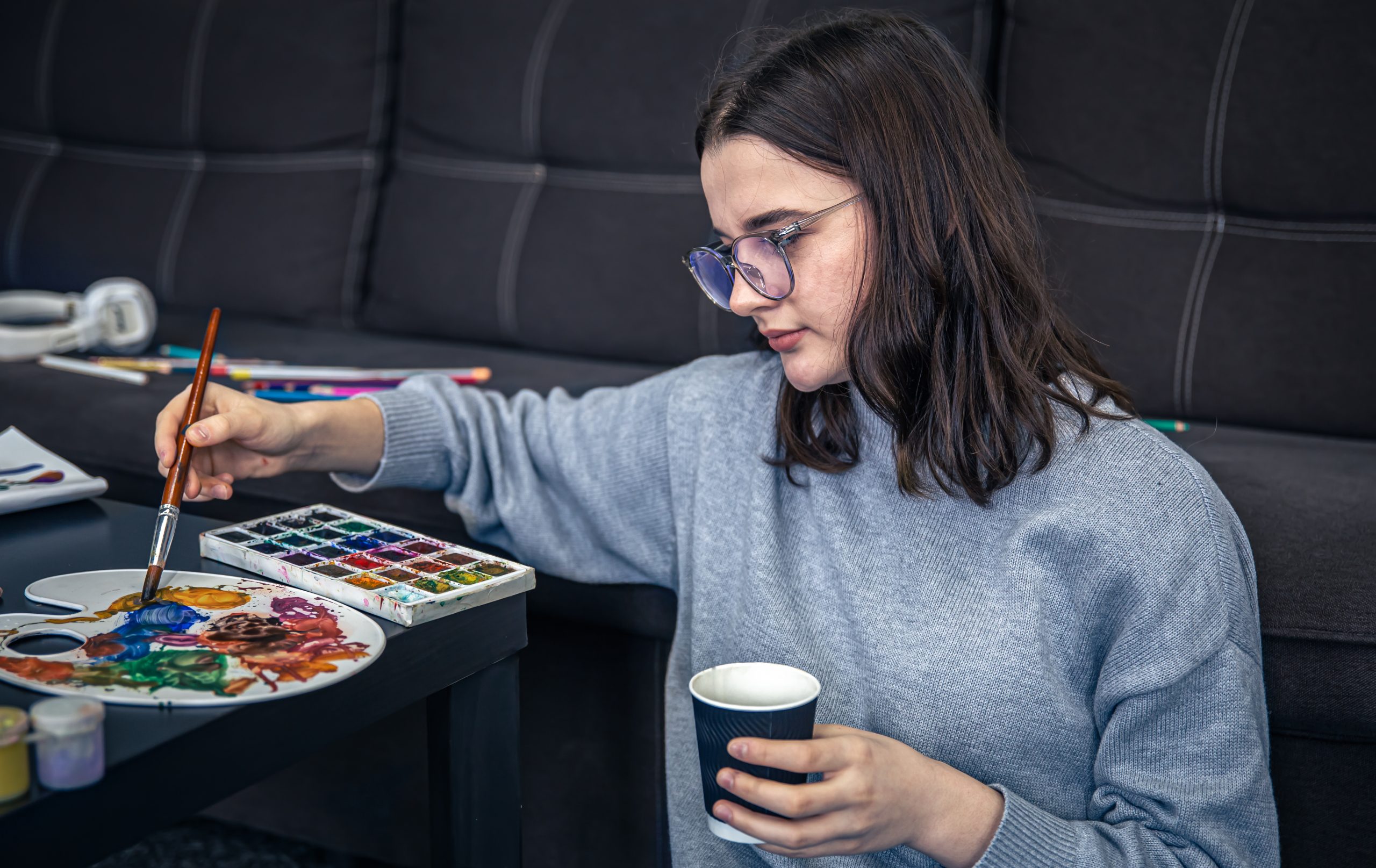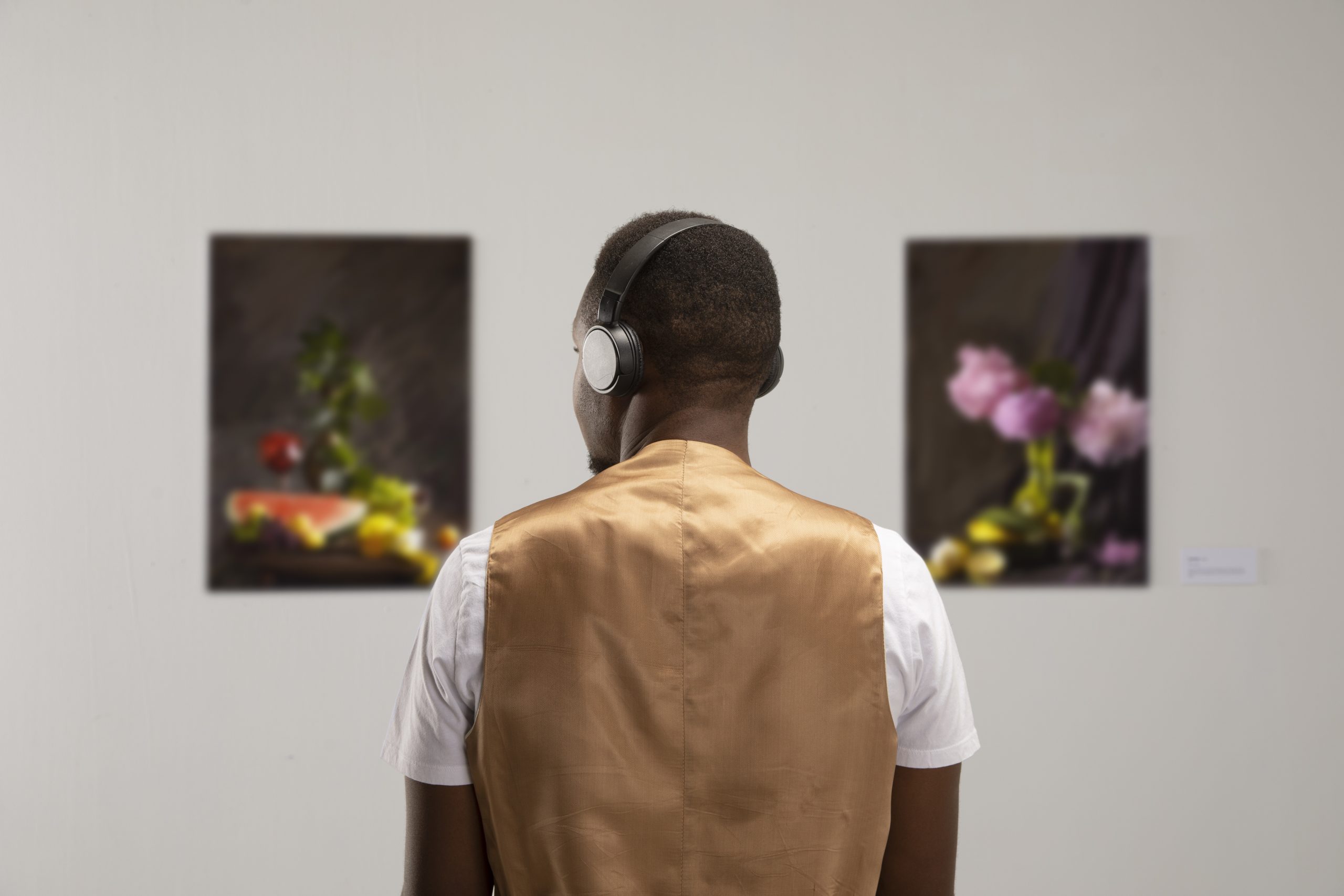Emily Collins is a contemporary artist known for her vibrant and dynamic use of color. Her works explore the emotional power of hues, using them to evoke mood, convey messages, and create immersive experiences for viewers. In this exclusive interview, we dive into her creative process, the inspiration behind her bold color palette, and what it takes to make an impact through art.
The Journey to Becoming an Artist
Q: Emily, can you tell us about your journey as an artist? How did you get started in the world of art?
A: I’ve always been drawn to creativity from a young age. My love for art began when I was a child, spending hours sketching and painting. I studied fine arts at university, and that’s where I really honed my skills. Over the years, I explored different mediums, but I found my true passion in using color to communicate emotion. The way a single color can change the mood of an entire piece is fascinating to me, and that’s what pushed me to experiment and develop my own unique color palette.
The Power of Color in Your Work
Q: Your use of color is bold and captivating. What role does color play in your art, and why do you gravitate toward such vibrant hues?
A: Color is the foundation of my work. For me, it’s not just about aesthetics; it’s about the emotional impact that color has on people. I often use strong, vibrant hues to evoke feelings of joy, passion, or even tension. There’s something so powerful about the way colors can transform a space or a moment. I gravitate toward bold colors because they have a way of commanding attention and making a statement. I believe color is a language of its own, and I aim to communicate through it.
Inspirations Behind the Palette
Q: Can you tell us about your influences? What inspires your distinctive color choices?
A: My influences come from a variety of places—nature, emotions, and even memories. I find inspiration in the colors of sunsets, flowers, and landscapes. But I also draw from emotional experiences; color has the ability to encapsulate feelings in a way that words sometimes can’t. I’m also deeply inspired by other artists, especially those who are known for their use of bold color, such as Mark Rothko and Henri Matisse. Their work taught me to trust my intuition when it comes to selecting colors and to not be afraid of making an impact with them.
The Creative Process
Q: What does your creative process look like? How do you approach a new piece of work?
A: My process starts with a lot of exploration and experimentation. I begin by thinking about the emotions or message I want to convey. I don’t always plan the colors in advance; often, I allow the colors to emerge as I work. I like to layer them, building depth and texture. I might start with a base color, then introduce contrasting or complementary shades to create tension or harmony. It’s all about feeling out the piece as it develops. I work intuitively, letting the canvas guide me.
The Evolution of Your Art
Q: How has your art evolved over the years? Have you noticed a shift in your use of color or technique?
A: Yes, definitely. When I first started, I was more hesitant to use bold color, but over time, I’ve become more confident in my choices. My earlier works were more restrained, but now I embrace the freedom of being bolder with my palette. My style has evolved from more abstract compositions to incorporating elements of figurative work, but the one constant has been my commitment to color as the main focus. The emotional connection I have to each piece has deepened as I’ve learned to trust my instinctual use of color.
Challenges and Rewards
Q: What do you find to be the most challenging aspect of working with color in your art?
A: One of the biggest challenges is finding the balance between harmony and chaos. Sometimes, too much color can overwhelm the viewer, while too little can make a piece feel flat. It’s a constant balancing act, but I love that challenge. The reward is when everything falls into place and the piece feels complete. I think the challenge also comes from staying true to my artistic vision while still considering how the audience will interact with the piece.
Looking Ahead
Q: What’s next for you in your artistic journey? Are there any new projects or directions you’re excited about exploring?
A: I’m always looking for new ways to push my boundaries and challenge myself. Right now, I’m exploring larger-scale works, incorporating even more texture and mixed media into my pieces. I’m also experimenting with installations, where I can immerse the viewer in color from all angles. I’m excited about the future, as I continue to evolve and explore new ways to communicate emotions through color.
Conclusion
Emily Collins’ work is a testament to the power of color and its ability to communicate complex emotions and ideas. With her bold and expressive palette, she invites viewers to explore new dimensions of perception and feeling. As she continues to push the boundaries of her art, Emily remains a vibrant force in the contemporary art scene, using color to create timeless, thought-provoking pieces.


